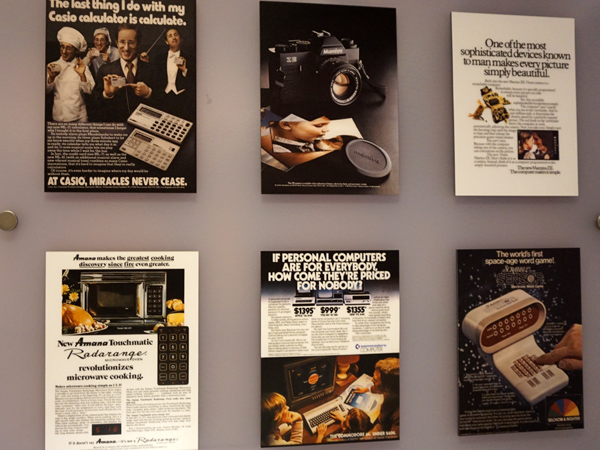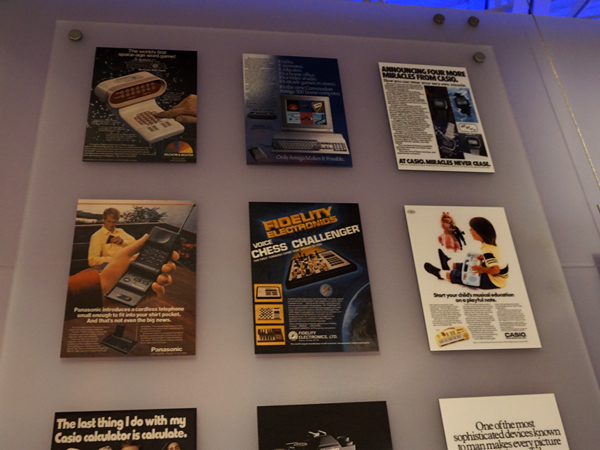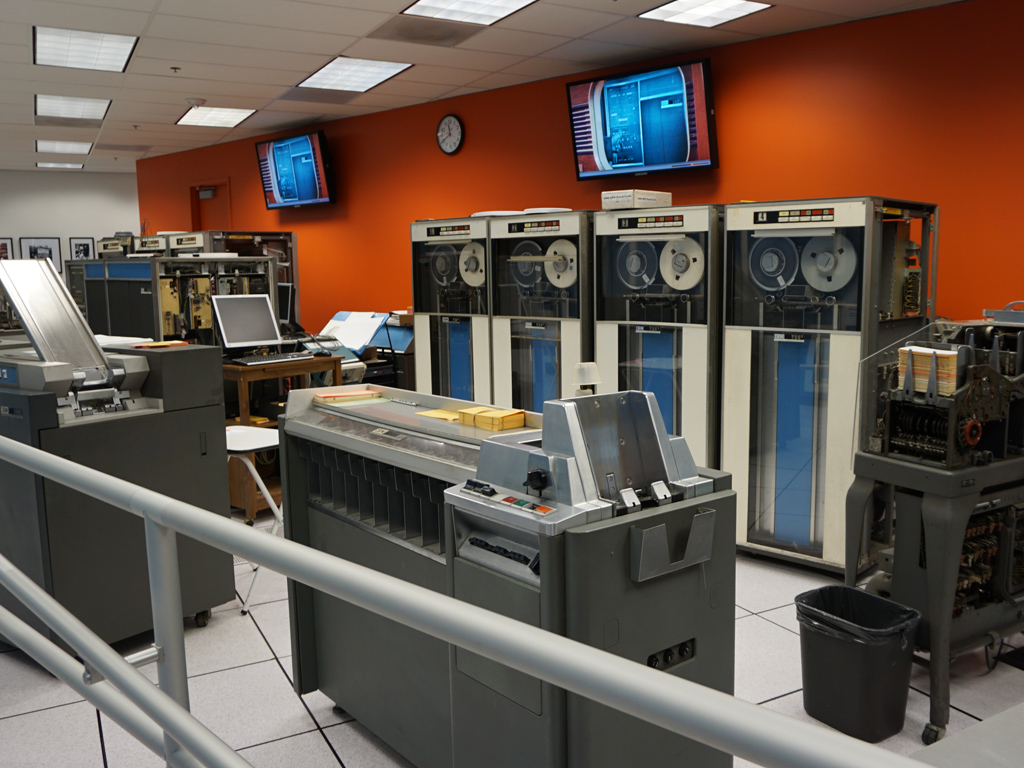Computer History: From The Antikythera Mechanism To The Modern Era
In this article, we shed light on the most important moments in computer history, acknowledging the people that have contributed to this evolution.
Introduction
In Mountain View, California, only minutes away from Google's headquarters, is the Computer History Museum. A visit to this place is enough to show you how today's computing era began and evolved through time. If you are interested in this stuff and love history in general, you can closely examine the computers that thrived in the past and opened the door for today's modern computing systems, which can be found in almost every home. It's hard to believe that only three decades ago computers were a rare thing and very few people were lucky enough (or rich enough) to actually have one at home. However, computing technology has rapidly evolved and nowadays it is rare to find a single home without a PC or a smart device that uses a processor.
Unfortunately, we won't be able to list all of the moments that defined the course of computer history, because that would require a lot more space and time; instead, we will focus on the most important and interesting milestones, technologies and people that have shaped today's computing.
Our trip through computer history starts way, way back, from the earliest mechanisms that can be considered the first analog computers that man ever made. These mechanisms are true wonders given the technology levels of the civilizations of this ancient era. So before we visit the Age of Enlightenment to check on Babbage's Engine and get to know the first computer programmer recorded in history, Ada Lovelace, our time capsule will take us back thousands of years to ancient Greece. Ancient Greece hasn't only affected the modern civilization with its famous philosophers, scientists, leaders and artists, but it also marked the beginning of the computing era for mankind.


Please note that most photos used in this article were taken during a visit to the Computer History Museum, which is one of the most interesting places for anyone that loves computers and technology in general. We strongly advise you to pay a visit to the museum so that you can see firsthand all of the technologies depicted in the following pages. It's one thing to read about something and look at photos, but it's another thing to actually see it in person and in some cases even be able to interact with it or watch its operation.
MORE: Best PC Builds
MORE: How To Build A PC
MORE: All PC Builds Content
Get Tom's Hardware's best news and in-depth reviews, straight to your inbox.

Aris Mpitziopoulos is a contributing editor at Tom's Hardware, covering PSUs.
